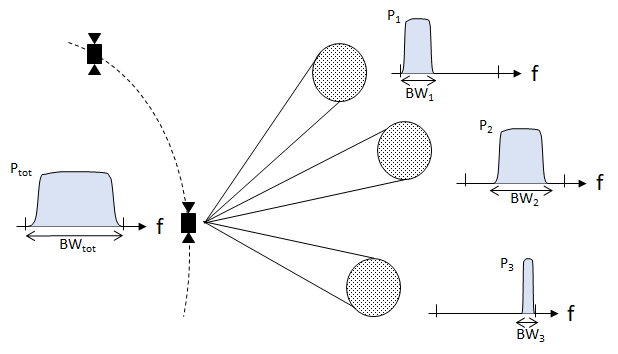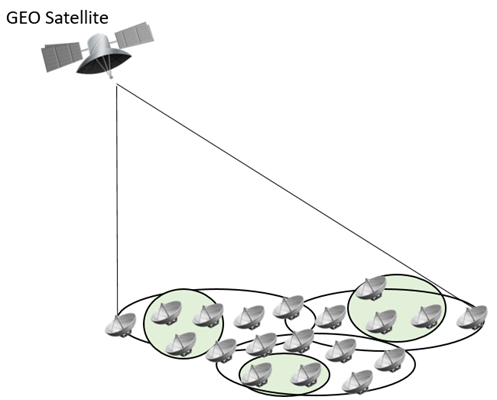Leveraging AI to Empower the Next Generation of Satellite Communications
Starting Date: 01-Sept-2022
Research in Artificial Intelligence (AI) has been active for several decades, but lately, and with the exponential increase in the amounts of available data, new scenarios and use-cases have emerged and have particularly influenced the field of general wireless communications. AI has been very successful and it has been applied to a million different applications resulting on a handful of scientific and academic works.
The satellite world is also progressing towards having all the ingredients making AI and Machine Learning (ML) suitable for particular satellite related use-cases. In particular, below there is a list of the motivations to investigate AI for Satellite Communications:
Reconfigurability with affordable complexity

Next generation of satellite communications (either GSO or NGSO) are being built with the capability to quickly and flexibly assign radio resources according to the system load and the changing environment. Many important resource allocation problems are non-convex or combinatorial in nature because of the discrete nature of the variables involved (e.g., carrier allocation, user scheduling). Hence, computing the optimal solution is very challenging, leading to unaffordable computational times.
Channel Estimation

Satellite transmitter and receiver design typically are achieved under the assumption of accurate mathematical channel model knowledge. However, in interference-limited satellite scenarios, the imperfectness of the channel knowledge due to errors in the estimation process and/or delays in the feedback channel, is posing serious performance degradations. Furthermore, the overall channel estimation is a tedious procedure consuming a generous part of the system resources.
Embracing the era of big data

The pandemic has accelerated the digital transformation plans from a strategic initiative to a business imperative moving the conventional satellite operational model towards a broader connectivity ecosystem. Embracing cloud-based architectures, satellite operators look forward to managing and coordinating the different parts of the network in a centralised mode. The benefit for operators is the availability of very large data sets from their networks and the possibility to apply a range of data processing, geospatial, AI and other tools to manipulate and analyze such data, with the main goal to optimise the system operation



